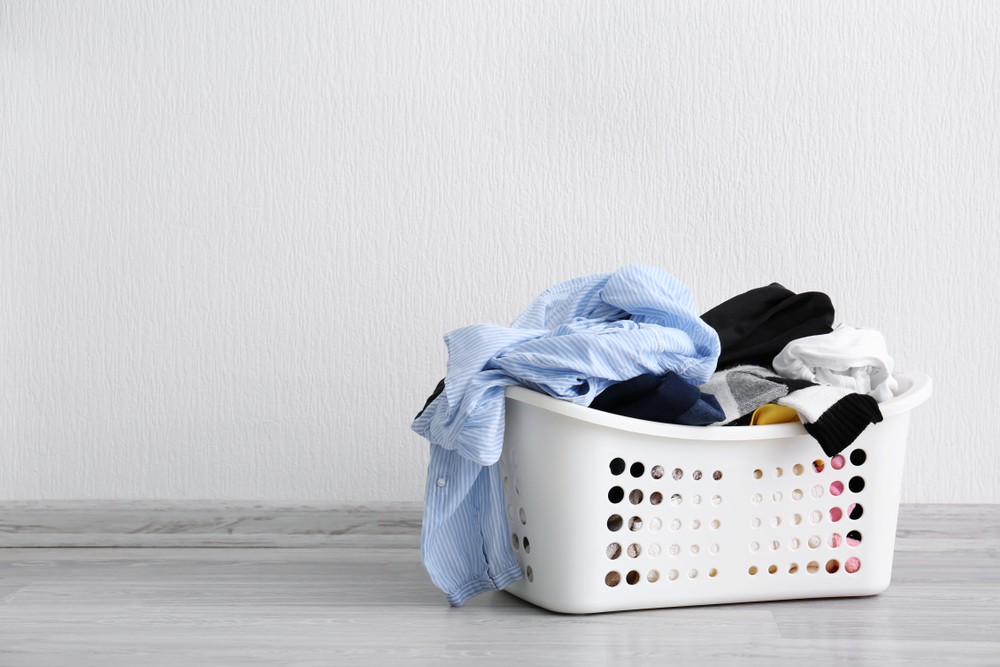Many are re-evaluating how to manage daily tasks and chores while sticking to social distancing measures.
That includes laundry. Whether you have a washer/dryer in your home, there are several ways to reduce your risk of viral exposure or spread.
Here are some common questions and answers, based on interviews with three experts.
(Keep in mind that as researchers discover more about the new coronavirus, best practices may change.)
How high is the risk of getting infected from clothing?
The simplest answer is that, in most cases, your clothing shouldn’t be your biggest health concern. Above all else, experts stressed the importance of frequent hand washing with soap and water (or hand sanitiser, if you have it) as the best preventive measure.
The new coronavirus travels through respiratory droplets, which is why minimising your exposure to other people through social distancing is the best way to protect yourself.
Some research suggests that though the virus may be able to live for up to three days on surfaces like plastic and steel (think buttons, or zippers), the risk of infection from touching these materials is relatively low.
Transmission occurs “much more commonly” through droplets than through other objects and materials, according to the Centers for Disease Control and Prevention (CDC).
What are “inside clothes”, and do I need them?
As a regular hygienic practice, changing out of clothing you’ve worn outside and taking off your shoes when you enter the home is “generally a good idea”, said Angelique Corthals, a biomedical researcher and professor of pathology at John Jay College.
This is especially true if you have used public transportation or are working outside, she said. If someone sneezes or coughs on you, you should also change out of your clothes. And if you interact with many people at your job, you should immediately change into clean clothing and wash your hands as soon as you get home.
“There’s not a lot of information of how long Covid survives on textiles, but lots of places on your textiles can contain metal or plastic,” Corthals said. “If you’ve touched a contaminated surface with your clothes, sitting in a subway, leaning against a pole, there’s a chance you might bring that back home.”
If you’re largely housebound, there’s no need to think too hard about clothing and contamination.
“If you typically take off your shoes when you come in the door, that’s a good idea for lots of diseases,” said Nellie Brown, the director of workplace health and safety programs at Cornell University. “But you don’t have to act too differently.”
How should I be doing my laundry now?
The CDC recommends using the warmest appropriate setting for washing clothing, towels and bedding, and drying items fully at a high temperature. If you have delicates or other items that can’t withstand high temperatures, now may not be the time to wear them, Corthals said.
Wearing disposable gloves — if you have them — while doing laundry is advisable. But it’s more important to wash your hands as soon as you’ve finished handling laundry, whether you have gloves or not.
Don’t shake out your laundry, ever, because it could disperse virus through the air. When you’re done, clean and disinfect your laundry hampers, baskets and bags. Lining your hamper with a washable or disposable bag, if you have one, is a good idea. Keeping one bag for dirty clothing and one for clean clothing is another good practice. You can also use disposable plastic bags to carry your clothing.
In terms of washing clothes more than usual, Brown recommended asking yourself: What have you been doing with those clothes that you’re concerned about? If you’re a health care provider on the front lines of the virus, your concerns may be more urgent than those of a person who is able to stay primarily at home.
Someone in my house is sick. How should I handle their clothes?
First, the sick person should already be quarantined to a specific room in your home. If they can, that person should stick to wearing easily washable clothing, like pajamas, and they should be putting their dirty laundry in a disposable bag (a single garbage bag will do — experts said double bagging is likely excessive).
A healthy person in the household should take the bag while wearing disposable gloves, if available, and empty the bag directly in a machine to minimise any of the clothing’s contact with other surfaces as much as possible. Then wash and fully dry the items on the warmest appropriate setting. Whether you wear gloves or not, be sure to wash your hands immediately after dealing with any laundry.
According to the CDC, a sick person’s dirty laundry can be washed with other people’s items, though all three experts suggested isolating the contaminated clothing in a separate load.











